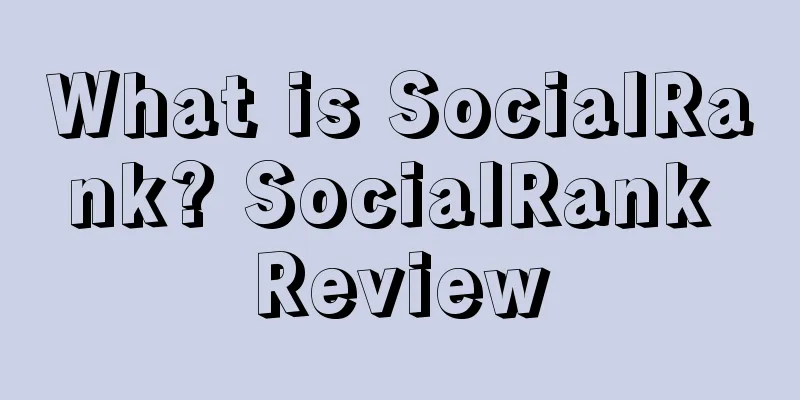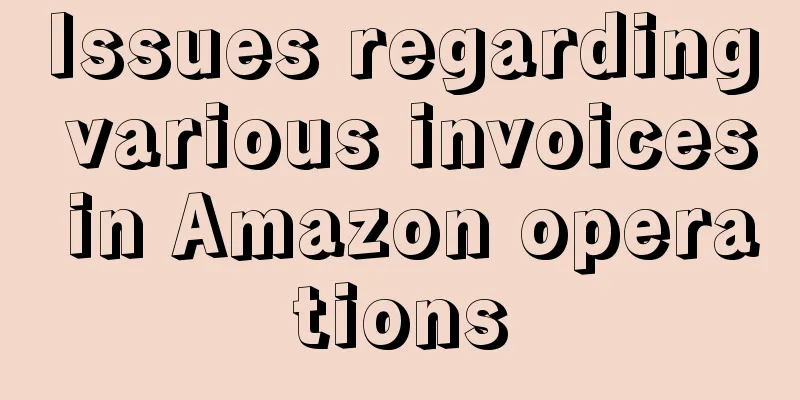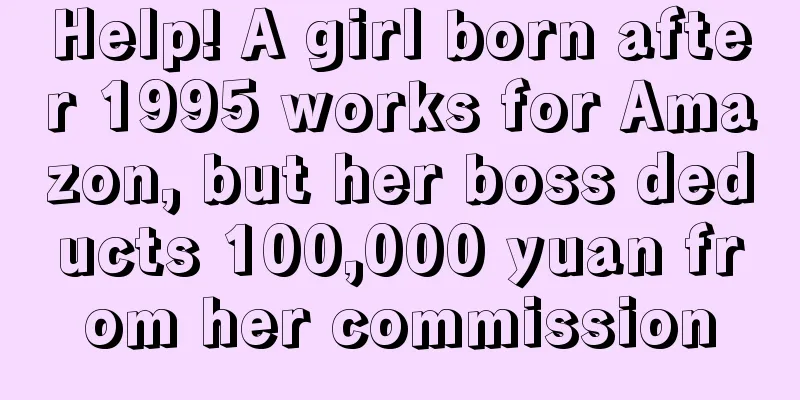|
On the eve of Prime Day, Amazon's risk control "iron fist" continued to intensify. In addition to the series of number-sweeping incidents, multiple categories were also swept, and a large number of listings on sale were suddenly misjudged as children's products.
However, the storm did not subside with the end of the big sale. Just recently, a new round of misjudgment of children's products broke out again, and behind it was a series of problems such as CPC fraud, and a large number of accounts were banned by Amazon.
Previously, it was reported in the article "Amazon's massive misjudgment, multiple categories of listings were swept!" that since June 18, multiple non-children's category listings such as toys, accessories, jewelry, and home furnishings have been identified as children's products by Amazon, and sellers are required to provide relevant certification information.
Now, more than a month has passed, and a large number of sellers have fallen into the same dilemma.
According to a seller on the US site, on July 25, two of its ASINs were identified as children's jewelry by Amazon, and the detail pages were directly deleted, rendering the products unsalable.
“I clicked on the complaint at that time, carefully checked the product title and all the attribute values on the page, and asked the customer service to help check several times to make sure that there were no words related to children's jewelry. But to this day, there has been no response to the complaint case, and the product has not been restored.” The seller said helplessly.
Many sellers feel the same pain:
“200+ SKUs were scanned and all the links were deleted.” "We are in the home furnishing category, but we were inexplicably asked to submit CPC certificates." "This product has been on the shelves for 20 years and has been selling well, but it was suddenly classified as a children's product. I have appealed but have not received any response."
Based on previous experience, if the product itself does not belong to the category of children's jewelry, on the one hand it may be a system misjudgment, and on the other hand the listing may involve sensitive words such as girls, boys, girlfriend, boyfriend, kids, children, child, school, etc.
To this end, sellers must first check whether the linked copy, QA, Review and pictures cover relevant sensitive elements, and open a case to consult customer service whether there is a solution.
Some sellers said that the product status on the backend inventory management page showed that the details page was deleted and the front-end link became disabled. If there is no performance record in the Account Status-Policy Compliance, but only performance notifications, the link can be restored by deleting the relevant sensitive words or pictures.
If the seller wants to prove that the product is not a children's product, he or she can indicate that the sensitive words are operational errors and provide a comparison of the text before and after deletion. At the same time, he or she can further prove that the product is not a restricted product from the aspects of ingredients, materials, categories, etc.
It is learned that the reason behind this large-scale misjudgment of children's products is that Amazon has increased its review efforts and strictly investigated related categories.
Under Amazon's heavy blow, a large number of children's category sellers have also received risk warnings recently and have been required by Amazon to submit CPC and other certificates.
A children's jewelry seller reported that one month ago, his products were found by Amazon, and he submitted CPC certificates according to regulations, and was approved by Amazon for sale. However, the good times did not last long. More than a month later, his products were again identified as restricted products, so the links were deleted and they were not available for sale. What made him even more frustrated was that he submitted the same certificate appeal this time, but was rejected by Amazon.
▲ The picture comes from the seller’s disclosure
Amazon said in the email: This product has been determined to violate the platform's children's jewelry policy and there is currently no way to restore it.
▲ The picture comes from the seller’s disclosure
According to feedback from multiple parties, the CPC certificate that was successfully passed before was rejected by Amazon when it was re-uploaded for appeal. Another seller revealed that the reason for the rejection of the compliance review of its children's toys was: bundled product or component test report.
▲ The picture comes from the seller’s disclosure
It is understood that this round of turmoil is still expanding, and a large number of sellers have been banned by Amazon due to CPC review issues.
A seller revealed that his product was launched in 2020 and was asked to upload CPC and test reports in February this year. Because the product is similar to other products of the company, the CPC certificate made by other stores was modified and uploaded. Naturally, it was rejected by Amazon and the listing was removed from the shelves.
Until June, its store suddenly received a notice from Amazon: All compliance documents required to be provided are original, authentic, and unmodified. If forged or manipulated compliance documents are submitted, we may, at our sole discretion, deactivate your account, delete your product listings, and/or take any other action we deem necessary.
Therefore, the seller re-made a real CPC and test file, re-uploaded and successfully passed, and the removed listing was successfully restored. However, an unexpected incident occurred again - on July 31, his account showed the risk of account deactivation, and the next day he received a performance email: According to Article 3 of the Amazon Services Business Solutions Agreement, the seller's account had major problems and was now deactivated.
This happened because Amazon determined that the seller provided compliance documents that were suspected to be forged or tampered with.
According to feedback from many affected sellers, the CPC children's toy reports previously provided contained PS, modification of product names and models. In response to this phenomenon, Amazon has now upgraded its audit efforts, which means that sellers who cannot provide authentic reports will face the dilemma of "no return" from the store.
However, there are also sellers who did not commit fraud, but still had CPC certificates that had been submitted and passed become invalid. In response to this, one seller consulted customer service and received a reply that it violated California DTSC regulations, and in serious cases, the account would be blocked and funds would be frozen.
It is reported that the government departments of the United States and Canada have recently introduced new regulatory requirements for accessories worn by children, requiring businesses to add or resubmit relevant test reports.
Specifically, DTSC is a standard requirement for textile and leather-related products/ingredient materials, which means that importers and manufacturers are responsible for verifying whether jewelry contains harmful substances such as lead, mercury, cadmium, and phthalates.
▲ The picture comes from the seller’s disclosure
In response to this, some sellers said that if they encounter such a situation, the seller needs to submit relevant information to prove that the product meets the children's standard requirements and does not violate Amazon's prohibition policy:
1. Six-sided pictures of the product and packaging, preferably with a label with product code. The packaging label must comply with the regulations for children's products. 2. Provide CPC certificate that has passed compliance review. 3. Submit a test report issued by an accredited third-party laboratory to prove that the product complies with the ASTM F2923-20 standard. 4. Product instructions, product description, and explanation of product ingredients and materials. 5. A security compliance statement, modified according to the US site and product features, printed out with the company seal, and scanned into PDF.
However, as of now, Amazon's compliance requirements for children's products do not mention the relevant content of DTSC. As long as there is ASTM F2923-20, it falls within the scope of the platform's compliance policy.
Whether the regulation will have an impact on the company and whether related regulatory policies will be introduced in the future is still unknown.
|










